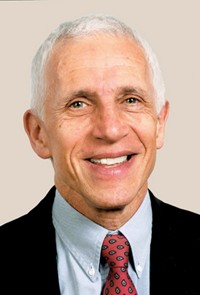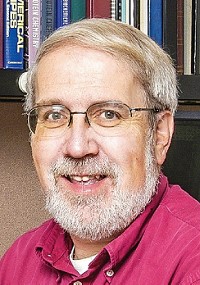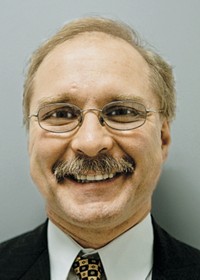Advertisement
Grab your lab coat. Let's get started
Welcome!
Welcome!
Create an account below to get 6 C&EN articles per month, receive newsletters and more - all free.
It seems this is your first time logging in online. Please enter the following information to continue.
As an ACS member you automatically get access to this site. All we need is few more details to create your reading experience.
Not you? Sign in with a different account.
Not you? Sign in with a different account.
ERROR 1
ERROR 1
ERROR 2
ERROR 2
ERROR 2
ERROR 2
ERROR 2
Password and Confirm password must match.
If you have an ACS member number, please enter it here so we can link this account to your membership. (optional)
ERROR 2
ACS values your privacy. By submitting your information, you are gaining access to C&EN and subscribing to our weekly newsletter. We use the information you provide to make your reading experience better, and we will never sell your data to third party members.
Analytical Chemistry
Nakanishi Prize
by Elizabeth K. Wilson
February 25, 2013
| A version of this story appeared in
Volume 91, Issue 8
Sponsored by the Nakanishi Prize Endowment
During the past few decades, nuclear magnetic resonance has emerged as an important tool for scientists to investigate the structure and dynamics of large biomolecules such as proteins and nucleic acids. Arthur G. Palmer III, the Robert Wood Johnson Jr. Professor of Biochemistry & Molecular Biophysics at Columbia University, has emerged as one of the field’s leaders.
The staggering complexity of large biomolecules and their motions as they swim in seas of water and ions, interacting and reacting with other molecules, taxed computers and spectroscopists alike. Today, thanks to advances in techniques developed by Palmer and his group, scientists have the tools to probe phenomena such as enzyme dynamics, protein folding, and protein-protein and protein-nucleic acid interactions.
For example, Palmer has developed “relaxation-compensated” methods for measuring the rates of interconversion of structural states of proteins and other biomolecules. These and related methods are now used extensively by researchers. More recently, Palmer has developed methods for narrowing NMR spectral lines that would normally be broadened beyond recognition by the motions of particularly jittery biomolecules. In one study, his team used homonuclear dipolar decoupling methods—normally used in solid-state NMR—to narrow broad lines produced by the protein RNase A. The result is a more accurate picture of the biomolecule itself.
Palmer’s studies of the enzyme RNase H and the leucine zipper transcription factor GCN4 have brought him recognition. In the former, he studied the relationships between structure, dynamics, and catalytic function, and he produced a detailed analysis of the temperature dependence of the enzyme’s motions, says Peter E. Wright, chair of the department of molecular biology at Scripps Research Institute, in California, and Palmer’s postdoc adviser.
The latter work “provided unprecedented insights into the role of protein flexibility in DNA recognition and established the first quantitative link between NMR and calorimetric measurements of configurational entropy,” Wright says.
Palmer’s statistical approaches to the analyses of NMR data are important tools used by the NMR community in examining phenomena such as molecular recognition.
Another of Palmer’s achievements is his coauthorship of the widely used textbook “Protein NMR Spectroscopy: Principles and Practice,” now in its second edition.
Palmer, 56, received his bachelor’s degree in chemistry in 1980 at Haverford College. After obtaining a master’s degree in industrial health at the University of Michigan in 1986, Palmer went on to receive a Ph.D. in chemistry from the University of North Carolina, Chapel Hill, in 1989.
Following a postdoc at Scripps with Wright from 1989 to 1992, Palmer continued his academic career at Columbia, starting as an assistant professor in 1992 and becoming a full professor in 2001.
Palmer is editor of Biomolecular NMR Assignments, associate editor of the Journal of Biomolecular NMR, and electronic editor of Protein Science. He also serves on the editorial boards of the Journal of Magnetic Resonance, the Journal of Molecular Biology, and Structure. He is on the board of the Telluride Science Research Center and served as president of the Protein Society from 2007 to 2009.
Palmer will present his award address before the ACS Division of Physical Chemistry.






Join the conversation
Contact the reporter
Submit a Letter to the Editor for publication
Engage with us on Twitter